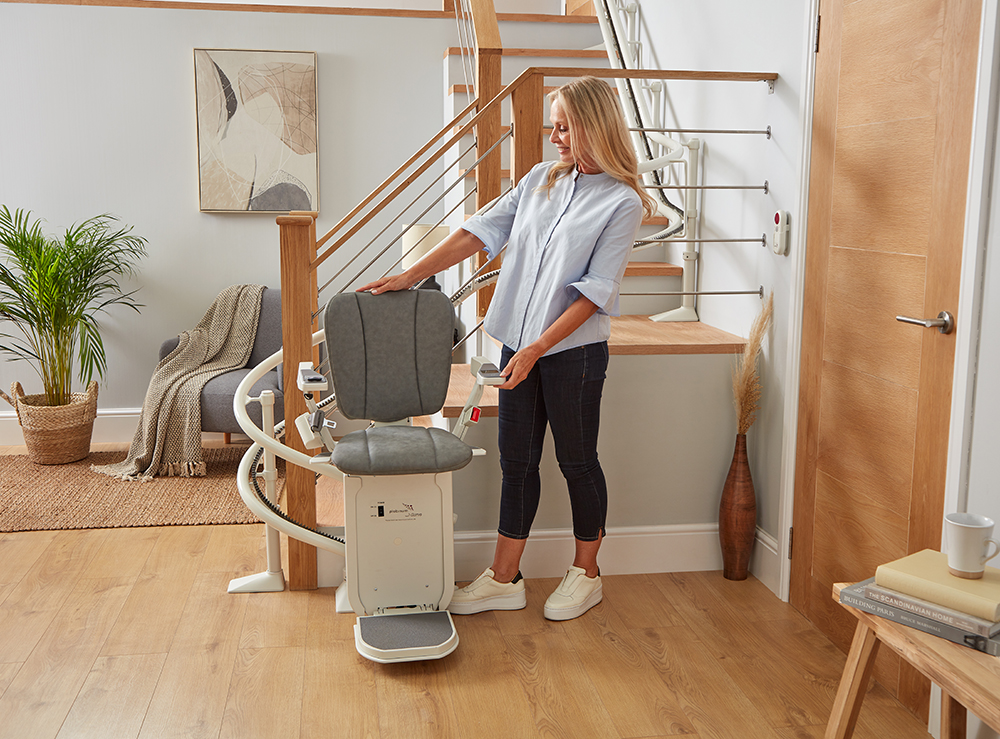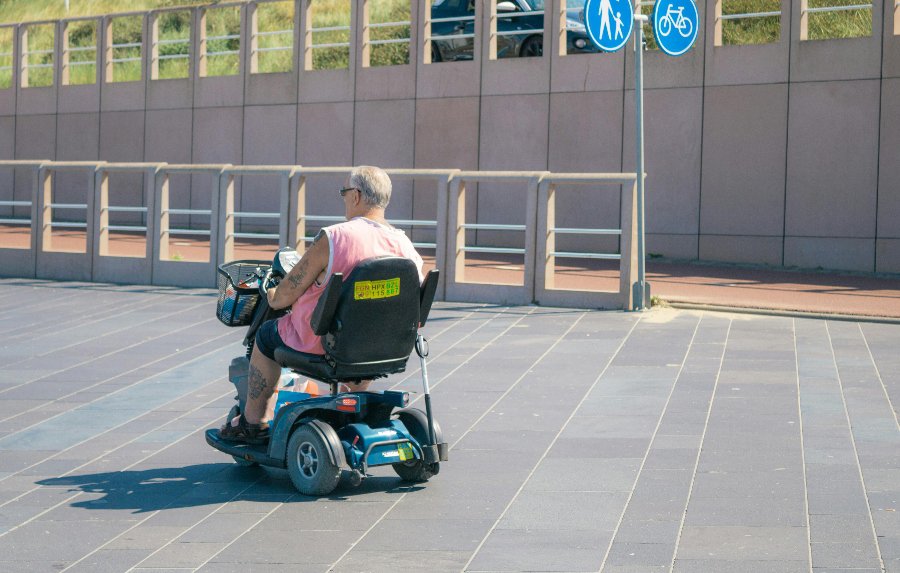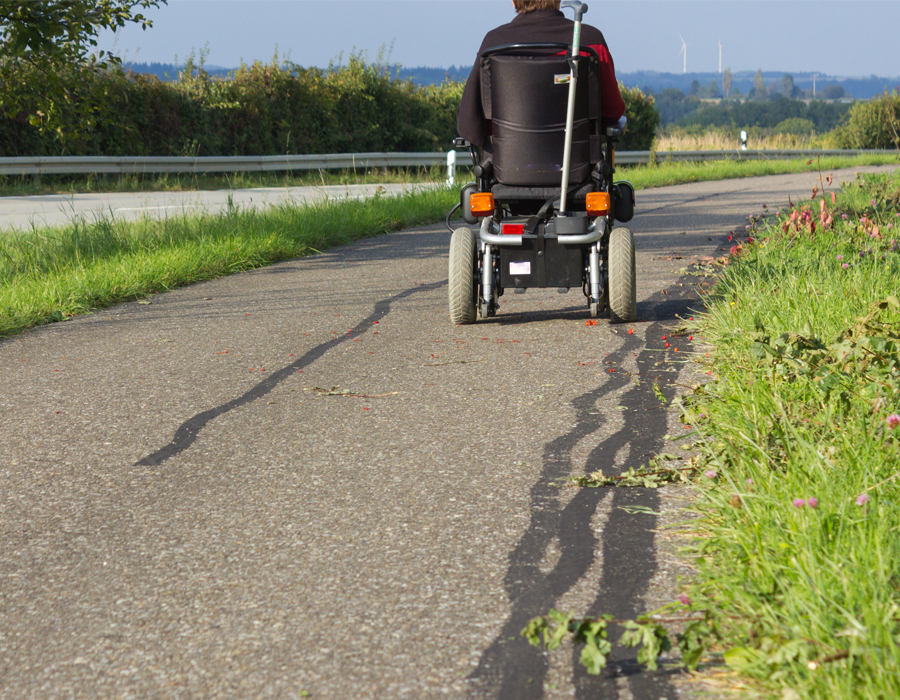Latest Blog Posts
Etiam placerat velit vitae dui blandit sollicitudin. Vestibulum tincidunt sed dolor sit amet volutpat. Nullam egestas sem at mollis sodales.
-

New mobility partnership aims to bring trustworthy and cost-effective stairlift installations to users
Ergo Curve Stairlift Multicare Medical, a specialist provider of patient handling and care equipment, has teamed up with stairlift manufacturer Platinum Stairlifts to deliver reliable stairlift installations in people’s homes. As part of the new partnership, Multicare Medical will supply and install Platinum Stairlifts’ range of UK-manufactured stairlifts. Importantly, each…
-

£1.7m government funding for 4,000 schools will help children with SEND trial assistive tech
Minister for School Standards, Catherine McKinnell The Department for Education (DfE) has provided £1.7 million funding to allow children with special educational needs and disabilities (SEND) to trial innovative assistive technologies. Up to 4,000 schools will be able to pilot assistive technologies in classrooms to support thousands of children with…
-

Mobility campaign uncovers 20 percent year-on-year rise in injuries involving mobility scooters
Mobility scooter insurance intermediary Surewise has joined forces with charities, mobility retailers, and academics to urge the UK Government to act on rising casualties, inadequate infrastructure, and the growing tide of hostility and verbal abuse faced by many mobility scooter users. Despite being legally used by people with disabilities and…
-
The Bike Leg Project: How One Prosthetist is Building Low-Cost Limbs from Bicycles
Ben Hogan, a certified prosthetist and orthotist, is tackling the global challenge of prosthetic limb accessibility by fabricating them from bicycle parts. Troubled by the World Health Organization’s finding that only 1 in 10 individuals needing a prosthetic receive one, Hogan developed a functional, lightweight, and reliable prosthetic leg for…
-

Irish healthcare provider wins major HSE contract for supply of specialist pressure area care mattresses
Beechfield Healthcare has been awarded a major tender by the Health Service Executive (HSE) in the Republic of Ireland for the supply of pressure-relieving mattresses to Community Healthcare Organisation Area 8 (CHO8). The Irish healthcare provider scored the highest for technical merit and value for money against stringent assessment criteria.…
-

Report says disabled people should be included at the earliest stages of assistive tech design
The Royal Society’s new report explores the potential for data-driven assistive technologies to reduce barriers that disabled people encounter in their everyday lives. From voice assistants, speech-to-text software, and smartphone apps for daily living, the report highlights the digital assistive technologies (AT) disabled people are using in work, play, rest,…
-
기술은 점점 보이지 않게 되었고, 저는 그 안에서 더 잘 보이게 되었습니다 – 테이블토크의 토론 | 내 손 안의 광장, 빠띠 – campaigns.do
기술은 점점 보이지 않게 되었고, 저는 그 안에서 더 잘 보이게 되었습니다 – 테이블토크의 토론 | 내 손 안의 광장, 빠띠 campaigns.do
-

Defective goods made up 69 percent of complaints about assistive tech to Citizens Advice last year
New research from Citizens Advice reveals that someone makes a complaint every hour about assistive technology, with the majority of complaints being about defective goods. While assistive devices, like mobility products, stairlifts, and hearing aids, are crucial for helping disabled people remain independent, Citizens Advice highlights that it has dealt…
-

Event will highlight the power of people with lived experience in creating better social care services
The Social Care Institute for Excellence (SCIE) is hosting its 10th annual Co-production Week event from 30 June to 4 July 2025. Co-Production Week is a celebration of the contribution people with lived experience make to creating better social care. This year’s theme, ‘Innovation through co-production’, is a celebration and exploration…
